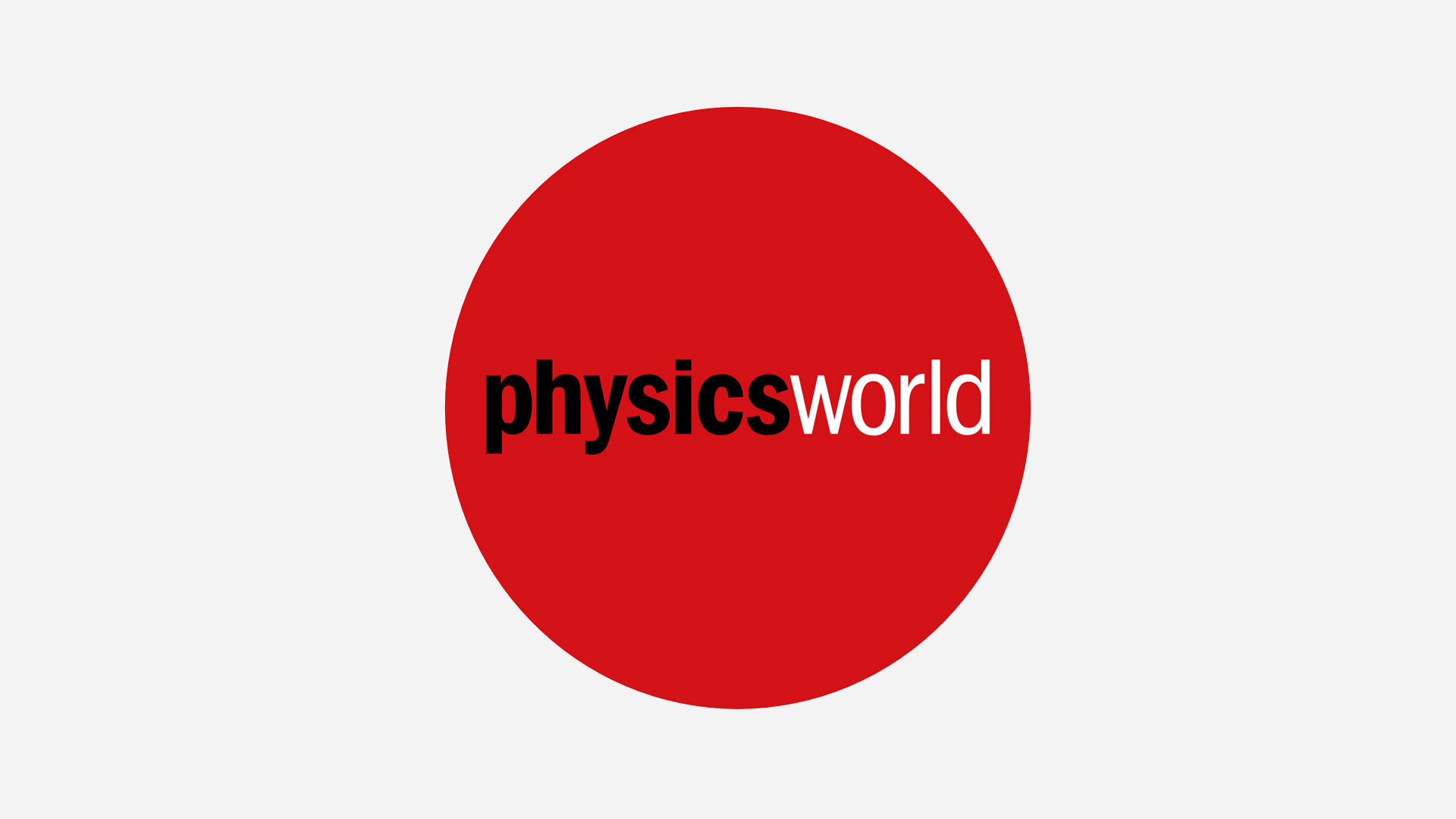Author
Array
(
[0] => linkedin
[1] => facebook
[2] => twitter
[3] => google-plus
[4] => youtube
)
Array
(
[0] => linkedin
[1] => facebook
[2] => twitter
[3] => google-plus
[4] => youtube
)
Array
(
[0] => linkedin
[1] => facebook
[2] => twitter
[3] => google-plus
[4] => youtube
)
Array
(
[0] => linkedin
[1] => facebook
[2] => twitter
[3] => google-plus
[4] => youtube
)
Array
(
[0] => linkedin
[1] => facebook
[2] => twitter
[3] => google-plus
[4] => youtube
)
No Author
Author archive

In 1967 Davis, then at the Brookhaven National Lab, built the first experiment to detect neutrinos produced by the Sun. Neutrinos only interact weakly with matter and are extremely difficult to detect. Davis’s experiment, which consisted of 615 tonnes of dry-cleaning fluid in the Homestake gold mine in South Dakota, detected less than half the […]

The waveguide structure was created by pouring a mixture of copolymer solution and molecular laser dye into a mould situated on top of a silicon wafer. The solution was allowed to solidify over 12 hours. The mold was imprinted with a set of thin lines by a soft lithography stamp. The sol-gel copolymer used by […]

Quantum particles such as electrons can be in a superposition of two or more quantum states. This means that an electron can, for instance, be in two places at the same time. However, classical objects – such as the cat in Schrödinger’s famous thought experiment – clearly cannot be in two states (e.g., dead and […]

Hamilton came to her conclusions after studying the writings of female scientists over the past two and a half thousand years, and reading descriptions of women scientists by others. She analysed the diaries of scientists such as Sofie Brahe (the sister of the astronomer Tycho Brahe) and Henrietta Swan Leavitt, and compared their experiences with […]

A collision with a Near-Earth asteroid is believed to have wiped out the dinosaurs 65 million years ago. Near-Earth asteroids are usually piles of rock from the Mars-Jupiter asteroid belt whose orbit has been disturbed by a collision in the asteroid belt or by the gravitational pull of Jupiter. As asteroids are exceptionally faint visible […]

Black holes are usually detected by the effects of their vast gravitational field on the orbits of nearby astronomical objects such as stars. Naked black holes have no such material near them making it practically impossible to detect these objects. However, when a black hole drifts in front of distant star – as seen from […]

Since the US stopped testing in 1992 it has relied on the “stockpile Stewardship” programme to maintain the reliability and safety of its nuclear weapons. But a number of misconceptions were spread by the lab directors when they testified to the Senate hearings on the CTBT, argues Gottfried. He says the directors alleged that the […]

One of my initial goals when I enrolled on my teacher-training course at Warwick University in 1996 was to develop a portfolio of demonstrations that would entertain, interest and also educate a class of 30 watchful pupils. As the course progressed and the practical workshops started, the tutors shared their experiences with us “pen-poised” student […]

Adaptive-optic telescopes differ from normal telescopes by using a thin flexible primary mirror that can easily be deformed. A bright guide star near the observing area acts as a “beacon” for the telescope. As the image of the bright star is affected by turbulence, the primary mirror is distorted by computers to correct for the […]

NAUTILUS was designed to observe the gravitational waves produced by collisions between objects such as black holes or neutron stars. According to the Frascati’s group calculations, signals from such events could be masked by cosmic-ray showers. To take this effect into account they surround the cylinder with 116 cosmic ray detectors. When the aluminium cylinder […]
Copyright © 2025 by IOP Publishing Ltd and individual contributors
